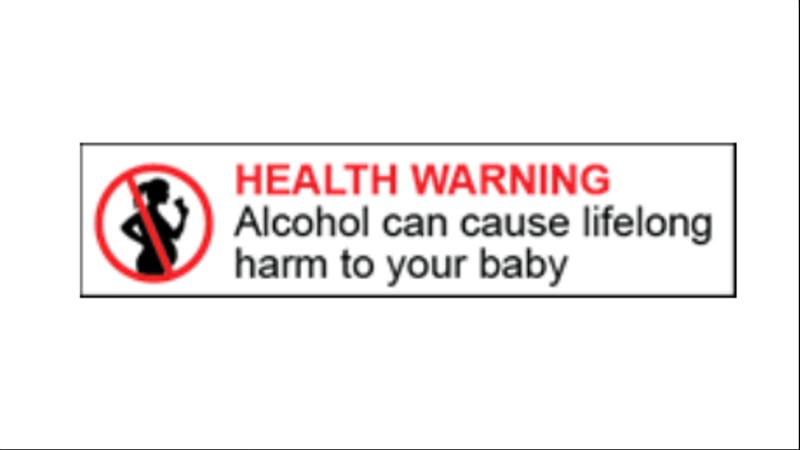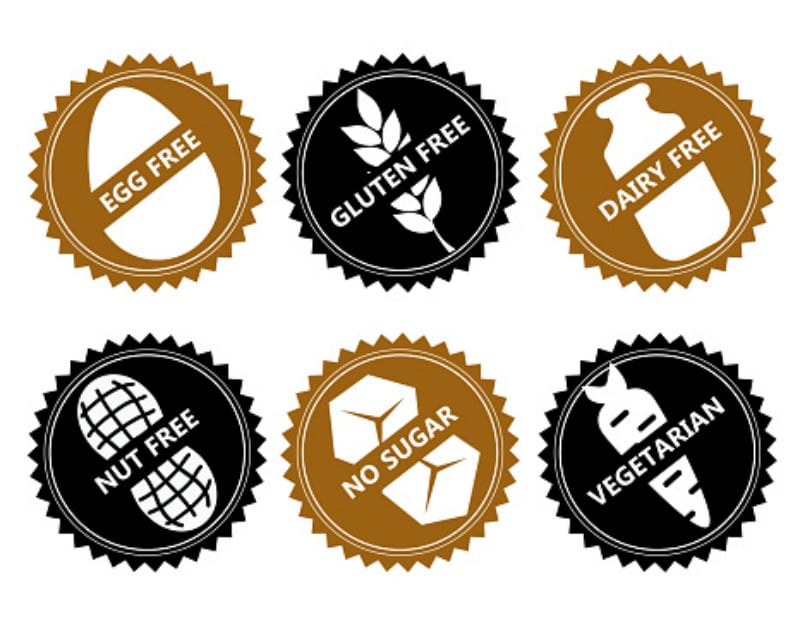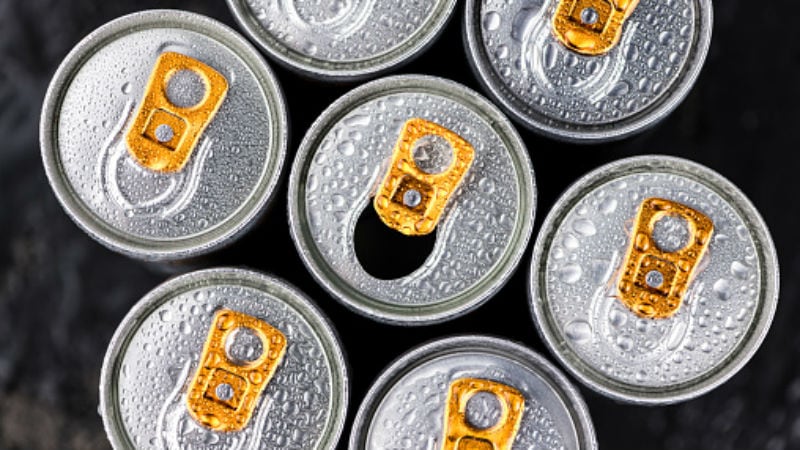According to the final FSANZ report, the lettering on the warning label was ultimately changed to ‘Alcohol can cause lifelong harm to your baby’ along with a corresponding pictorial warning, as opposed to the original text stating ‘Any amount of alcohol can harm your baby’ which was previously recommended by the agency.
“FSANZ has reconsidered the warning statement and decided to revise the text of the statement [because the original] wording saw issues raised across stakeholder groups regarding the accuracy of the wording ‘any amount’,” said the report.
“[As such], the words ‘any amount’ have been removed from the statement and the word ‘lifelong’ included, [such that it is] more consistent with known evidence that while the risk of harm to the fetus from low levels of alcohol is likely to be low, there is not enough evidence to accurately estimate [this] risk.
“[It also reflects] the requirement that [only] alcoholic beverages with more than 1.15% ABV display the pregnancy warning label (as opposed to beverages with 0.5% ABV or more), reducing the risk of confused messaging for consumers.”
Minimum label sizes differ according to beverage volumes and types of packages, whereas alcoholic beverages with a volume of 200 ml or less only need to display the pictogram.
Severe backlash
The alcoholic beverage industry in Australia has reacted with severe criticism for the regulatory change, calling it ‘bureaucratic’ and ‘short-sighted’.
“We’ve got our own labelling scheme. It’s working, it’s effective, we’ve been doing it for over 10 years. It makes sense just to mandate what’s already there,” said Alcohol Beverages Australia CEO Andrew Wilsmore.
“Our industry has made [this view] very clear to FSANZ, and this decision is a bitter disappointment. [We’ve] got bureaucrats coming up with their own design at a A$400mn cost to the consumers, it makes no sense.”
FSANZ data shows some 100 submissions arguing against the proposal, which Wilsmore said ‘have all been ignored’, as have the potential effects this will have on the alcohol supply chain.
“So many of our growers and producers are struggling after the bush fires, droughts and flooding. The last thing they need is a big bill from bureaucrats wanting to enforce their own artwork onto a label,” he said.
Trade group Australian Grape and Wine concurred with this, adding that this decision was ‘flawed, costly and ineffective’.
“This pregnancy warning label is a classic example of bureaucratic over-reach, and is not a good example of science-based decision making,” said Australian Grape & Wine Chief Executive Tony Battaglene.
“Evidence tells us the current initiatives are driving positive cultural change in Australia. If FSANZ was able show how this new label-design would lead to a significant change in drinking behaviour, we would take a different position. But given they can’t, why are Ministers being asked to consider a design that will be costly to businesses, but achieve very little?”
Implementation of this new mandatory label means that alcoholic beverage companies need to redesign labels for all the products in their portfolio that meet the 1.15% ABV criteria – a move that could potentially drive costs up that may need to be transferred to consumers.
“While this might be a box ticking exercise for FSANZ, it’s a kick in the guts to Australia’s 6,000 grape growers and 2,500 winemakers who are battling the impacts of fires, smoke and drought,” added Battaglene.
“We urge Ministers to go back to the drawing board and consider a label that will maintain the positive trends in drinking during pregnancy, while minimising the costs and risks to wine businesses.”
Why a label in the first place?
FSANZ maintains that its reasoning behind making the labels mandatory is to combat Fetal Alcohol Spectrum Disorder (FASD), which is preventable by avoiding alcohol consumption during pregnancy and that voluntary labelling is not sufficient in this regard.
“Since 2011, the alcohol industry has implemented a voluntary pregnancy warning labelling scheme [but] evaluation of the in 2014 and 2017 [saw] that while industry uptake and implementation of the pregnancy warning label on alcohol products had increased over time, there continued to be low uptake in some product categories,” said the agency.
“Available data shows that approximately 25% of women in Australia and 20% of women in New Zealand continue to consume alcohol while pregnant, [and other] evidence demonstrates pregnancy warning labels on packaged alcoholic beverages can raise awareness of the risks of drinking alcohol during pregnancy.”
The industry has also vehemently protested this, saying that other evidence has shown good self-control amongst pregnant women.
“According to data from the Australian Institute of Health and Welfare, 98.8% of women either abstain or reduce their alcohol consumption when pregnant (up from 96.6% in 2004), indicating high levels of awareness of the risks of drinking alcohol while pregnant,” said Wilsmore.
Battaglene added that ‘common sense’ mandates making the current voluntary system mandatory and spending the related costs on ‘initiatives to raise awareness about the dangers of FASD’ instead.





